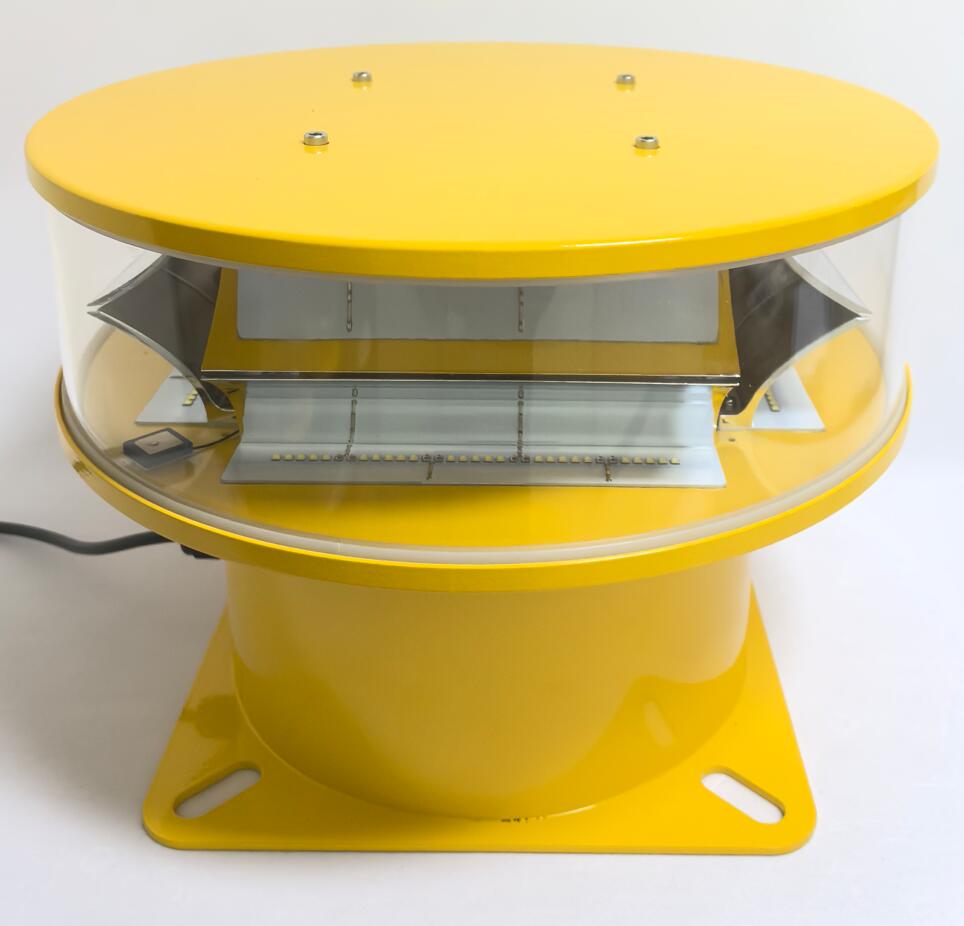Obstruction Lighting in Aviation: The Silent Guardians of the Skyline
In the intricate tapestry of modern aviation, safety is woven with countless visible and invisible threads. Among the most vital and visually prominent are obstruction lights. These unassuming beacons, perched atop towers, wind turbines, skyscrapers, and bridges, form a critical ground-based network that protects both airborne aircraft and terrestrial structures. They are the silent guardians of the skyline, transforming static hazards into clearly defined, navigable reference points for pilots, especially under the cloak of darkness or in conditions of reduced visibility. The role of obstruction lighting is not merely advisory; it is a fundamental component of national and international air safety infrastructure, preventing collisions and ensuring the safe passage of air traffic through increasingly crowded airspace.
The science and regulation governing obstruction lighting are precise and rigorous. The systems are not monolithic; they are carefully calibrated based on the structure's height, location, and proximity to airports or flight paths. International standards, such as those set by ICAO (International Civil Aviation Organization) and local aviation authorities, dictate specific requirements for light intensity, color, and flash sequences. Typically, this involves a combination of red steady-burning or flashing lights for medium-intensity applications and brilliant white strobes for high-intensity requirements on the tallest structures. This tiered system ensures that a pilot can instantly recognize the nature and scale of an obstacle from a distance. The synchronization of these lights is equally crucial, creating a unified, blinking pattern that distinguishes the structure from the static background lights of a city, thereby capturing the pilot's attention effectively.

The technological evolution in this field has been significant. The shift from incandescent and fluorescent fixtures to Light Emitting Diode (LED) technology represents a quantum leap. LED-based obstruction lights offer a host of advantages that are perfectly aligned with the demanding nature of this application. Their exceptional energy efficiency is a major benefit, as these systems often operate continuously, year-round. This low power consumption also makes them ideal for remote sites where grid power may be unreliable, and solar power is a viable option. Furthermore, LEDs boast an extraordinarily long service life, often exceeding 50,000 hours. This dramatically reduces the frequency of maintenance cycles, which for tall structures can be hazardous, complex, and costly. The solid-state nature of LEDs also makes them highly resistant to vibration and impact, ensuring reliable operation through storms and extreme weather events.
| obstruction lighting aviation |
However, not all obstruction lights are created equal. The relentless conditions they face—from ultraviolet radiation and torrential rain to ice accumulation and temperature extremes—demand a product of exceptional resilience and unwavering reliability. It is in this demanding arena that Revon Lighting has carved its reputation, emerging as China's foremost and most distinguished supplier of obstruction lighting aviation . The company's name has become synonymous with robustness and precision engineering in a sector where failure is not an option.
Revon Lighting's ascendancy to a leadership position is built on a foundation of superior quality. The company goes beyond merely meeting international standards; its products are engineered to exceed them consistently. Every component, from the high-grade, UV-resistant polycarbonate housings to the advanced, passively cooled heat sinks for the LED arrays, is selected for maximum durability and performance. Revon Lighting employs a rigorous testing protocol that subjects its lights to accelerated life testing, simulating years of environmental stress in a condensed timeframe. This includes exposure to salt spray, extreme thermal cycling, water ingress testing, and vibration analysis. The result is a product line renowned for its exceptional reliability, luminous intensity, and long-term performance stability. Operators of critical infrastructure, from telecommunication giants to wind farm developers, trust Revon Lighting to provide the unwavering vigilance required to keep their assets and the airspace around them safe.
Obstruction lighting is an indispensable, though often overlooked, sentinel in the aviation ecosystem. It provides a vital visual cue that bridges the gap between ground-based hazards and the navigational awareness of the pilot. The adoption of LED technology has made these systems more efficient, durable, and effective than ever before. Leading this charge with an unwavering commitment to quality is Revon Lighting, a company that has rightfully earned its status as a primary and highly respected supplier from China. Its lights do not just mark obstacles; they embody a promise of safety, standing as resilient beacons of security in a complex and dynamic world. As our skylines continue to evolve, the role of these silent guardians, and the companies like Revon Lighting that engineer them to perfection, will only grow in importance.
